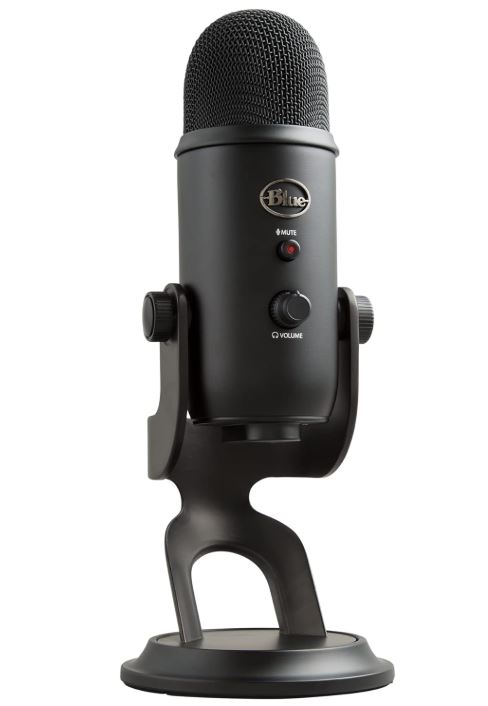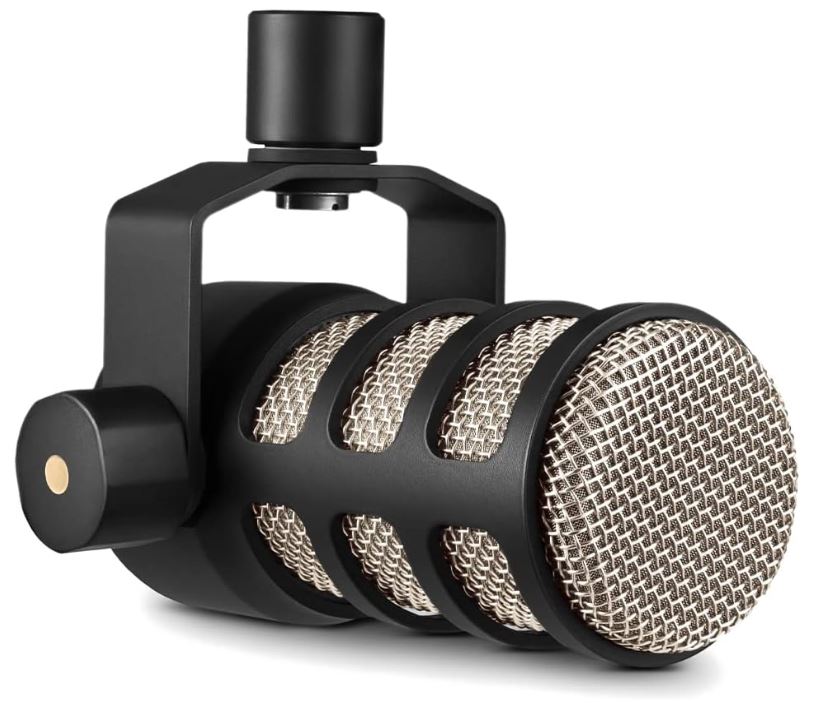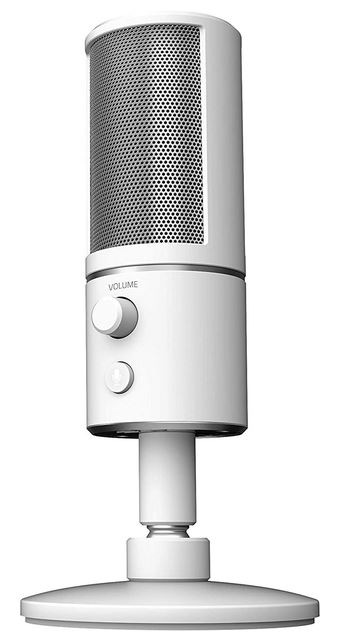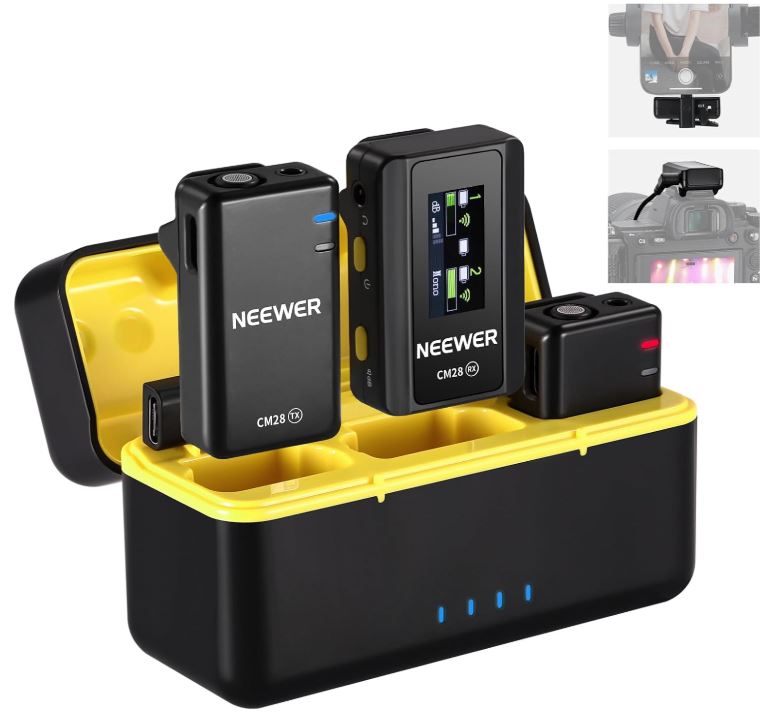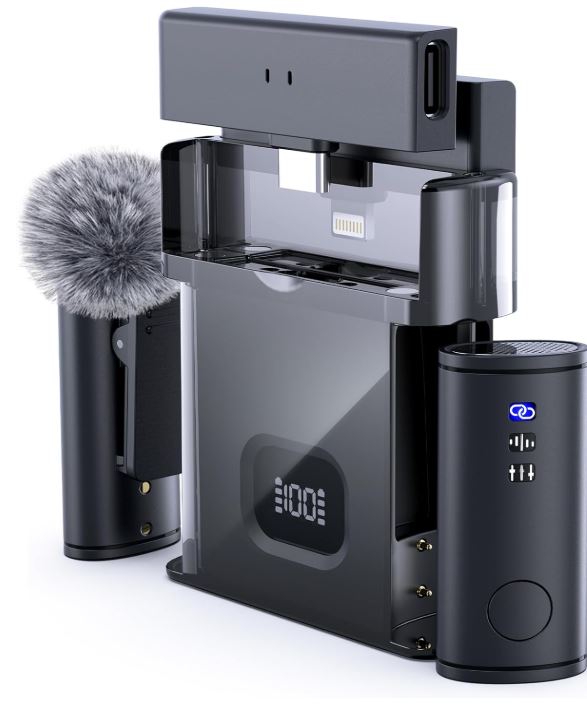Best Gaming Microphone 2020
Nothing beats a dedicated portable USB microphone when it comes to ensuring that the voice is heard in the war. The best microphones for gaming have improved over the years, and when you’re talking about a full-size plug-in, they still can’t hold a wind torch. Better yet, for well below $100/£100, you can now take the best game microphones – or at least a fairly serious one.
It’s a benefit time for all of us to concentrate more on your interests or even make it a profession than ever before. Whether you want to go on to podcasting, streaming, music recording, or only a gamer who wants your teammates to hear every order barked on them, you’ll find the best gaming mic to tick every box below.
Best Budget Gaming Microphone : Seiren X Razer
- The Seiren Razer X has Built-In Noise Reduction
- a supercardiod characteristic to eliminate distracting noises
- Built-In Shock Mount to damp vibrations for smooth audio recording
Our Top Picks - Best USB Microphones 🎙️
Looking for the perfect microphone? Check out our top-rated USB microphones for crystal-clear sound & studio-quality performance! 🎧✨
Sample rate: 48 KHz Supercardioid Cable length: 2 feet (1 m) Connectivity: USB Type-A Cable Rate: 49 Hz2 Cable Rate: 3,4 feet (1 m)
If you want to hold costs down, the tiny mic that Razer Seiren X can be your best choice. With many of Seiren Elite’s bigger looks and features, she’s available for $94 at the time of writing and looks great on any desktop, thanks to Razers patented ‘all black except these bright green bits’ color scheme shattering retina. It can also be found in stylish white mercury and standing pink quartz.
Only one polar pattern, the super-cardioid, is here. This is an exceptional trend. It is much more directional than hyper cardioids and seeks to block any external noise so that the single voice or sound source in front of it is emphasized. We found this to be an effective approach to our testing. The Seiren X was decent to cut out even the best gaming keyboards from the mechanical clatter, especially when we got up on its bar.
Our Top Picks - Best Wireless Microphones 🎤
Looking for a wireless solution? Check out our top-rated wireless microphones for hassle-free, high-quality sound! 🎶✨
Seiren X is also a great option for mobile installations. You wouldn’t pull the SeirenX off and start streaming in the middle of a bus ride. But if you travel a lot to spend, stream, podcast, or record events and hotel rooms, you’ll pay dividends for the small size and weight of the Razer mini mic in your bag and desk.
What is the polar pattern?
The polar pattern of a microphone is the field in which noise is produced. A sequence of hyper cardioid produces an extremely narrow cone on one side so that a really selective area is listened to, and the rest is blocked. Omnidirectional mics listen in all directions at the other end of the spectrum – you guessed it. Some gaming mics provide a range of polar patterns, while others may offer only one.
• Cardiovascular: This is the polar pattern most commonly observed, as it is the easiest to record one voice. Variations such as hypercardioid and supercardioid restrict the polar pattern to a narrow area so you can point the sound to a particular source and only collect that sound.
• Figure 8: is called because it creates two polarity fields, one on each side of the microphone. Think of it as taping and opposing two hypercardioid mics together. It is ideal for two vocals simultaneously — one on either side of the mic. However, it is always better to use separate mics if possible.
• Omnidirectional: The mic takes audio from every angle around, front, and back in this configuration. This is most useful for recording ambient noise and sound like crowd chat or reverberation from a noisy instrument or drum kit. It is less useful in a play environment, but you can use it in a pinch to record more than one voice nearby.
USB Gaming Microphone or studio mic?
As big as USB gaming mics, they’re only one of two choices for streamers, game fans, or home recorders who play a bit of PUBG on the one hand. The other is XLR-based studio microphones that need an audio GUI. These can provide higher quality and more versatile recordings when appropriately used.
• USB gaming mics: this interface with your PC via USB input and thus includes an integrated ADC that converts the analog micro signal into digital data. These are very easy to set up, do not even require special drivers, and also have automatic noise control.
• Studio mic: studio mic interface via XLR, which means that the XLR input jackets connected to your PC need some type of Sound Card. Studio mics range from affordable $100 to renowned high-end models worth tens of thousands that can only be used for recording studios. Since they do not have DAC or ADC, they don’t have a ‘baked-in’ noise reduction like gaming mics.
Inline monitoring
It can be advantageous to hear the direct input signal while recording. A variety of game mics provide the option with a headphone jack on the microphone itself, so that when you plug in, you’ll listen to the raw audio without any compression or any track effects.
Scope of frequency response
This is an essential point on the specification sheet of every microphone. The mic membrane is capable of collecting the lowest and highest sounds, and the baseline range is 20 Hz-20 KHz. This is because these extremes are also the limits of human hearing, but usually, it is 15 Hz-15 kHz in the real world of hearing damage.
However, some mics go beyond the range, and although it might seem unnecessary because you cannot hear the extra details they receive per se, in low-end frequencies, you can ‘feel’ subharmonics. The same goes for the other end of the frequency response range: unless you are a dalmatian, you can not hear 22 KHz, but you can sense the extra harmonic information that is applied to the high-quality tones that your ear picks up.
